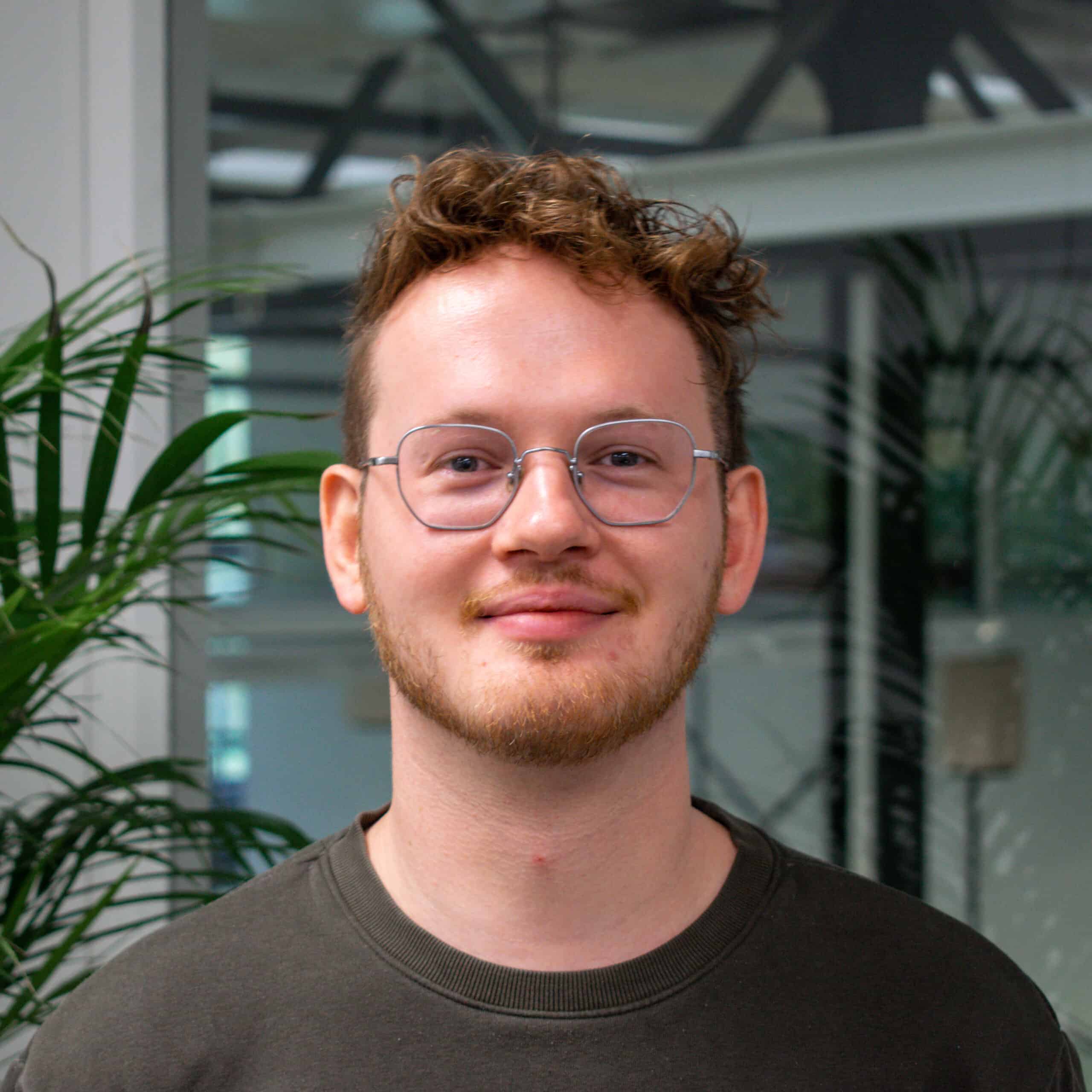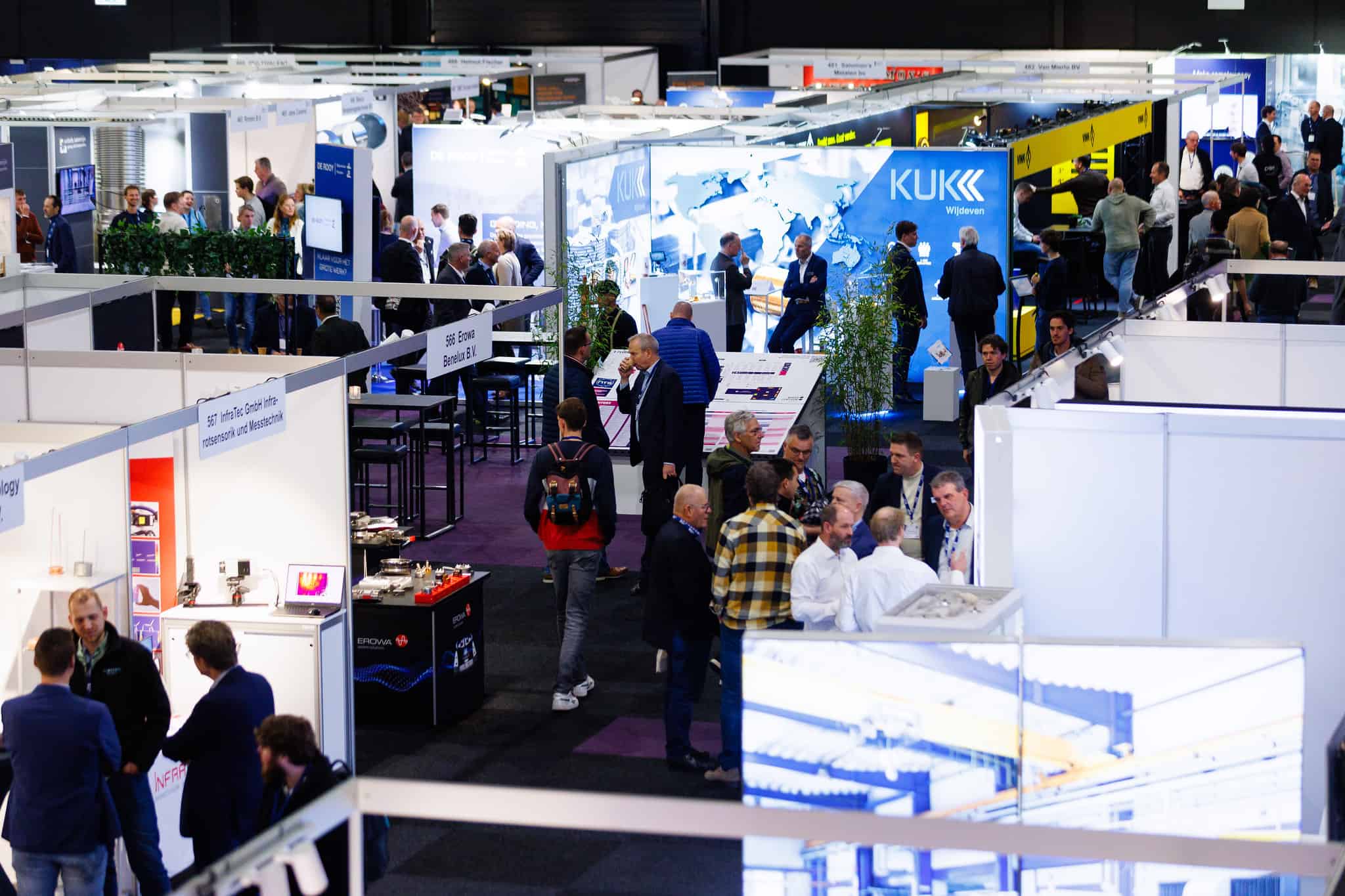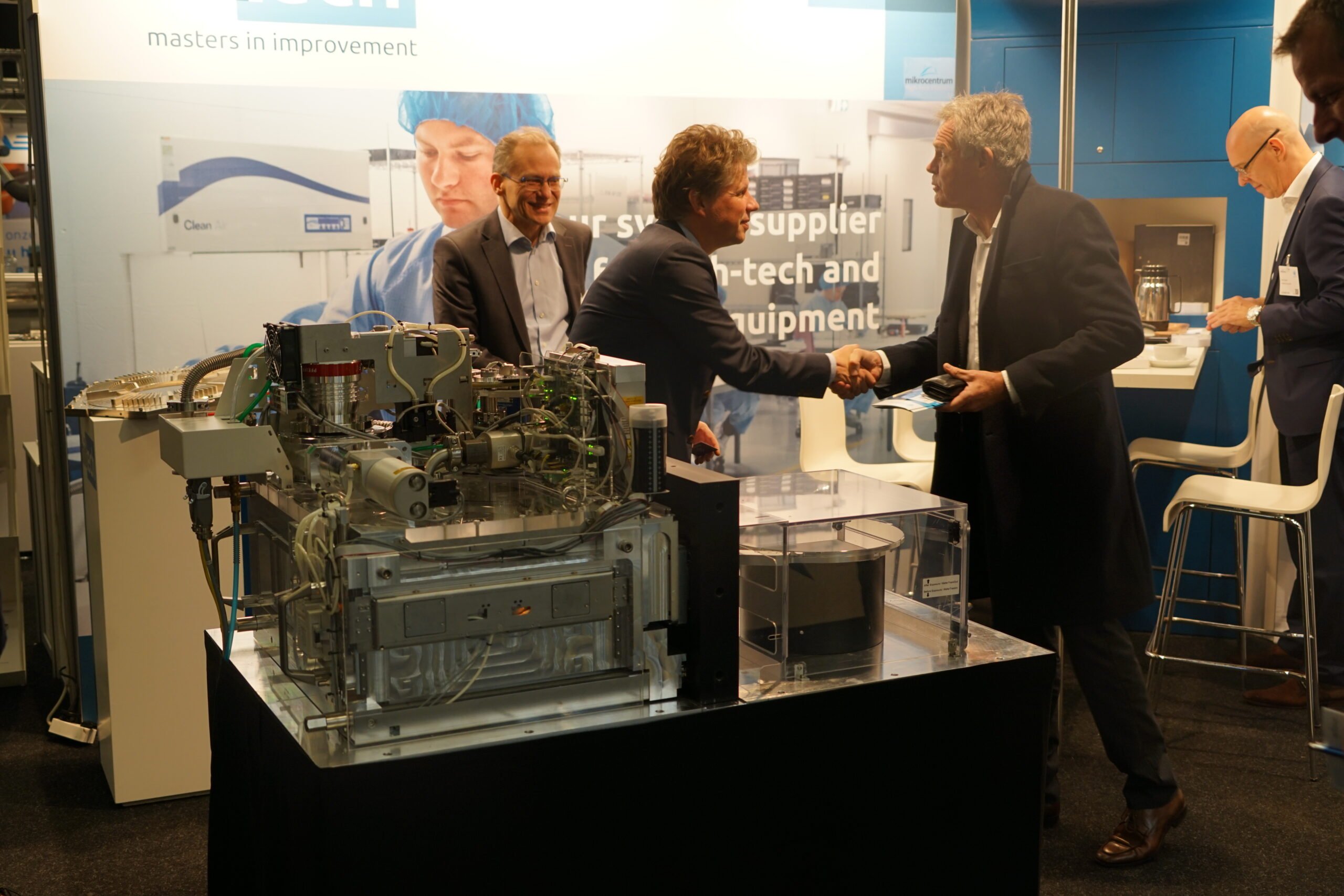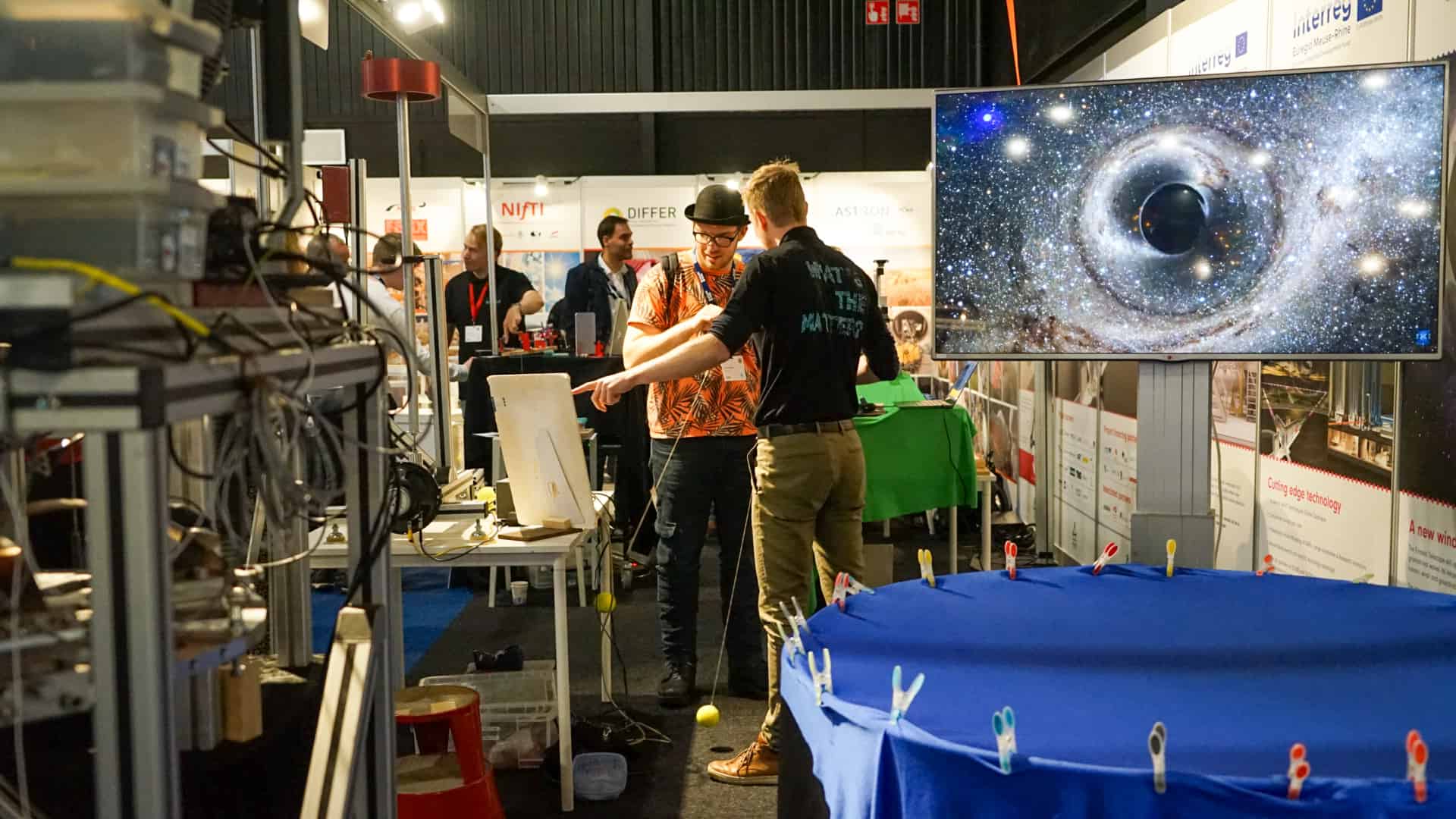
The entire high-tech manufacturing industry is coming together these days to network at the 21st Precision Fair in Den Bosch, the Netherlands. Big Science, large and small companies, educational institutions, and hundreds of other interested visitors meet. And although the workforce shortage in this field is evident, the sector is still growing fast.
“It’s all about technology here,” says Bart Kooijmans, Manager of Precision Technologies at Mikrocentrum, the organizer of the fair. “This technological development is booming. Miniaturization is going on so fast. The demand is huge. All those medical devices and electric cars that we would like to use have to be made with machines that companies are developing here.” So precision technology is growing at an unprecedented rate, but it still has plenty of challenges ahead of it. The biggest problem is not even technical. “We need people. That’s why we also run many student projects at the fair, such as our Young Talent Program.”
Einstein Telescope
Networking between technology companies and major scientific organizations occurs at the Precision Fair. Alexandra Mitchell is doing her Ph.D. in Physics at VU University Amsterdam. She works on gravitational waves and is affiliated with the National Institute for Subatomic Physics (Nikhef). At the fair, she explains all about a new telescope, which may soon be in the Netherlands. “We currently have four telescopes that detect gravitational waves, but these sensors have problems that we can’t solve with some upgrades.”
According to Mitchell, the older telescopes were built when people were unsure if the detectors could measure gravitational waves. As a result, they have some flaws. “The sensors are simply not sensitive enough, and the equipment is still too sensitive to vibrations,” he said. Therefore, a new detector is needed: “That will be the Einstein Telescope.”
Currently, the tri-border point, the border region of the Netherlands, Belgium, and Germany, is in the picture as a potential location, particularly because of “the strong ecosystem of knowledge institutions and high-tech companies,” according to the telescope’s website. According to Mitchell, however, the location is still up for debate. “It’s a pretty intense political and scientific discussion,” she says. “Sardinia is an option. They built a mine there, so some of the infrastructures is already there. Germany is also working on plans but has not yet announced a location.” The Netherlands is currently investigating whether seismic waves around Limburg could have a damaging effect on the telescope.
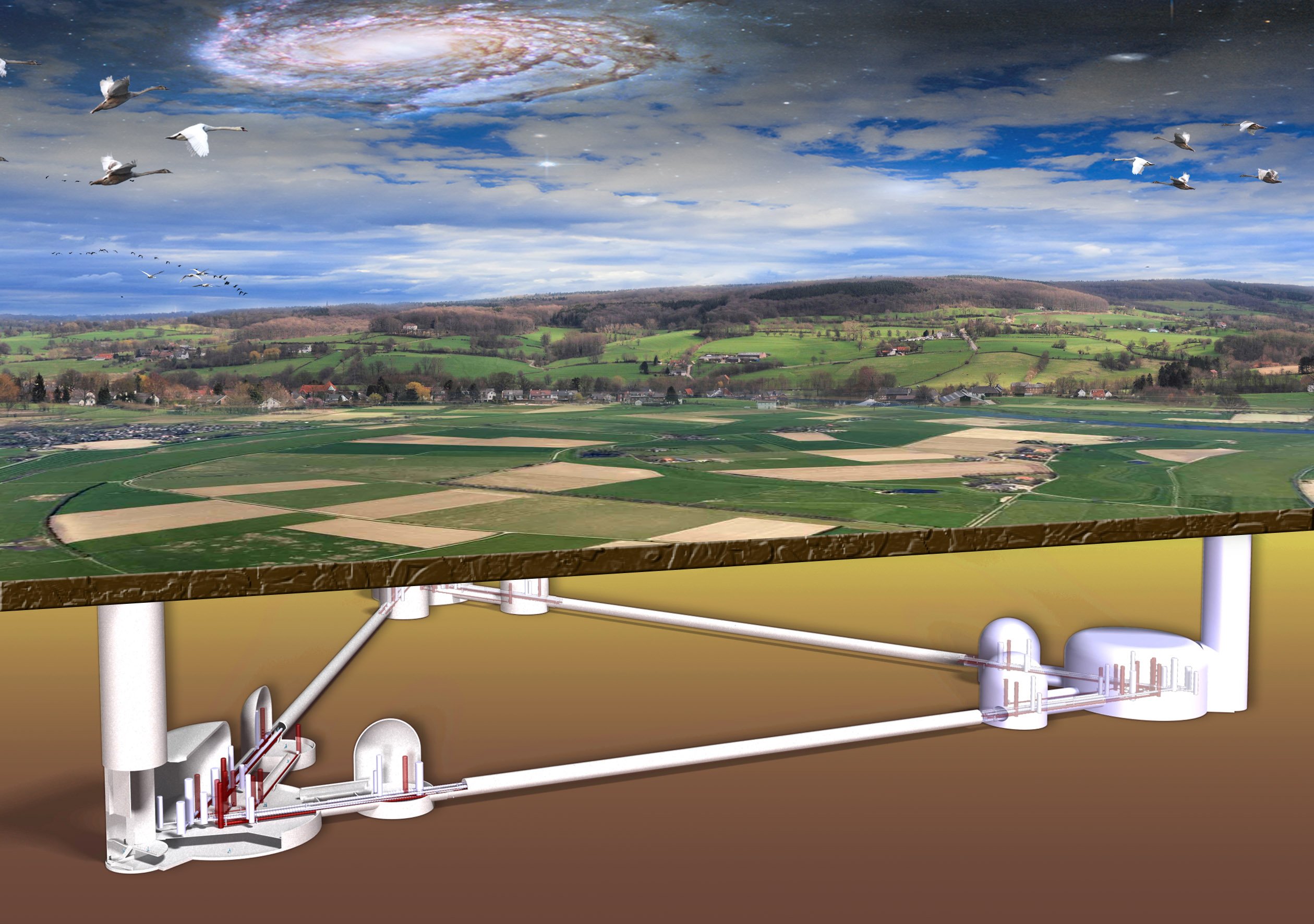
Wherever the telescope is built, it will be an important step for all involved. Mitchell: “We will then be able to detect black holes that are heavier or much further away from us. If the telescope achieves its top sensitivity, we can even detect gravitational waves from 1.4 million years after the Big Bang. On a cosmic scale, that’s incredibly close to the universe’s beginning.”
Machine learning
Maurice Boot is a Ph.D. student in the Department of mechanical engineering at the TU/e. He is researching self-learning systems. He is at the fair with a stripped-down A3 printer to which machine learning has been applied. Artificial intelligence has become indispensable in industry, including precision engineering.
“We only have the print button with us, which moves from left to right. That has to move across the paper at a constant speed. It’s the same job over and over again and it has to be done very precisely. Even if there’s just one friction in the machine, things get hot, or they break down. As a result, anomalies can occur and the printer functions worse and worse. We created an algorithm that sends a compensating signal to the motors when a deviation is going to happen, based on the previous experiment, so the printer will become more and more accurate.”

Contamination control
In micro and nanotechnology, “contamination control” is becoming increasingly important. No dirt, bacteria, or in some cases, even light and vibration should be allowed to reach the machine. After all, the smallest piece of dust on a chip on that minuscule scale is like a truck falling on it. Jos Bijman is the knowledge manager at Vereniging Contamination Control Nederland (VCCN). He sees his industry continuing to grow. “We notice that the demand for knowledge is increasing. Our training, where you learn how to design a cleanroom, is running like crazy. The developments within nano- and microtechnology demand ever-cleaner production methods. Products are also becoming more sensitive to dust or microbiological particles.”
Sustainability is also an important issue within the cleanroom industry. “In the growth of cleanrooms, the amount of air that needs to be circulated has become much greater. That, of course, costs energy. Not just for heating or cooling, but especially for transporting all that air. It requires a lot of electrical power. So we’re also considering bringing that amount of circulated air down to make cleanrooms more sustainable.”
Young Talent Program
The Young Talent Program, which Innovation Origins wrote about earlier, also takes place during the fair. Start-ups and student teams compete with three-minute pitches for two prizes. The winner will receive a training budget of five thousand euros and an equal amount for a marketing campaign. In the fair’s first hall, the teams presented their ideas on a stage, which resembled a boxing ring and aptly named Arena.
One standout was 16-year-old Lieke Visser of ForceFusion, a student team based in Eindhoven. The team consists of Fontys Engineering students and pupils from various high schools. Every year they make a robot in six weeks to compete in the FIRST Robotics Competition in America. Together with her team, this year, she created a robot that can move along with an avatar in a virtual world. “We already had the Internet and iPhones. Now we will have avatars,” she begins her story. Her goal is to optimize the virtual experience. “We are integrating emerging technologies to create a physical, non-autonomous robotic avatar system that can sense your senses, actions, and pressures and transport that to a remote location. It will feel like you’re really there.”

